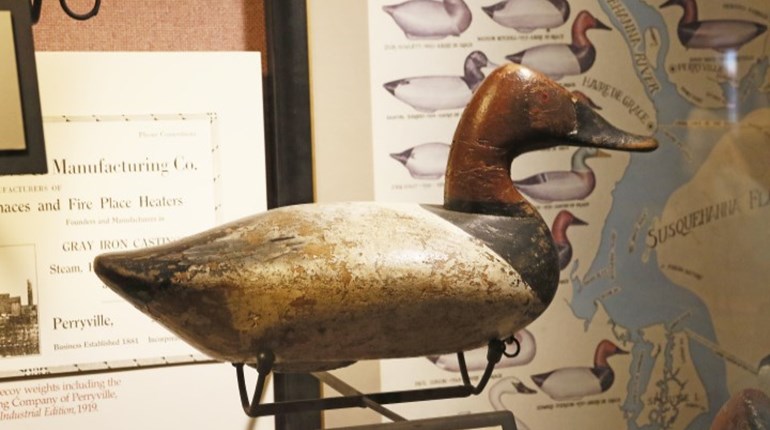
Wind-blown sleet whips my face as two buddies and I arrange our spread on the narrow slough. It's not just any slough though, but our most closely guarded honeyhole. The kind of spot that requires care to conceal from prying ears and to avoid over-pressuring.
The final decoy meets the water with a satisfying smack. Guns are loaded. Coffee is poured.
"Hurry guys, get in your layouts," Tyler says.
Two substantial groups of ducks whistle overhead, but ten minutes remain until legal hours. Seconds after go-time, we are shooting ducks—in the next 30 minutes we bag nine. I'm pondering how long it will take to shoot our last three when Tyler interjects.
"Hey, what do you say we get out of here?" he asks. "We can hit this again next week."
My instinct is to stay, but I know leaving is the right call. We hurriedly collect decoys as ducks continue pouring in.
Therein lies the challenge with a truly prime duck hole: They're hard to find and, for some, even harder to preserve. You simply must resist the urge to overpressure a perfectly good spot, no matter the temptation. Such discipline is worth it, however, as it can prove the difference between a good hunt or two and a long, quality season.
How much pressure is too much? That depends largely on what point of the season you're in. As the migration peaks, in my estimation you can hunt most locations once or twice per week. It doesn't really matter if you pressure a spot--new ducks will soon arrive, oblivious to your presence. However, if the migration is slow or you're hunting essentially local ducks, I'd advise against hunting your best spot more than once every ten days. That is, assuming each hunt lasts several hours. You can reduce pressure—and increase the frequency you hunt your spot—by hunting a mere 60 minutes or less.
We could've limited last week at our honeyhole—of that I am certain—but what would it have proven? We're headed back tomorrow, and I'm optimistic that so too are the ducks.




































